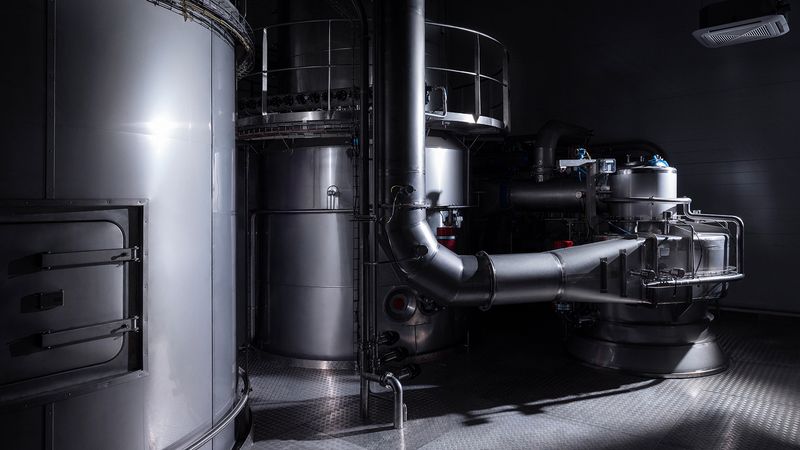

Dumas – a well-established method for N/protein analysis
The determination of the total protein content is an essential tool for quality control and protein declaration according to international labeling laws in the food and feed industry and research facilities. Protein content can directly correspond to product properties and classifications - e.g. dough properties, foam formation, the taste of beer, or the differentiation between starch and gluten-free starch. In all application areas, highly precise, matrix independent protein analyses are required.
In principle, protein quantification is achieved via a series of specific and non-specific physical and chemical reactions followed by suitable detection. Full method automation as well as accordance to industry standards is generally desirable in current laboratory operations, which has led to two different widely accepted primary methods for the determination of total protein content: the wet chemical method according to Kjeldahl and the high-temperature combustion method according to Dumas. As a secondary analysis method, near infrared spectroscopy (NIRS) can be found, however, this method requires a primary method for calibration purposes.
For more than 100 years, the Kjeldahl principle was the most commonly used method and described in the majority of standards for the determination of total protein content of food products. As a wet chemical analysis it is time-consuming, labor-intensive and requires hazardous and toxic chemicals. All this is nowadays unwanted with regard to laboratory safety but also for economic reasons. This explains the trend in recent years that the Kjeldahl principle is more and more displaced by the Dumas principle.
Despite differences in approach, both methods measure total nitrogen, a proxy for protein content, with Dumas often yielding slightly higher results due to better nitrogen recovery. Scientific studies show that while conversion between the two methods is possible, the choice of calculation factor is crucial.
The advantages of the Dumas method extend beyond speed; it requires simpler sample preparation and generates significantly less chemical waste, thus reducing costs. Advancements in analyzers utilizing the Dumas method, such as Elementar’s EAS REGAINER technology, have further slashed per-analysis costs, making Dumas analyzers economically viable even for smaller labs.

This Technical Note from Elementar details the advantages of the nitrogen and protein determination according to the combustion method by Dumas in comparison to the wet-chemical Kjeldahl method.
Further, the automation in Dumas analysis minimizes human error and enhances throughput. While Kjeldahl analyzers have a daily sample limit of 100 due to batch processing, Dumas systems can analyze up to 200 samples in unattended runs lasting over seven hours (see 'Comparison of a typically daily operation with Dumas and Kjeldahl analyzers' table above).
The global shift toward Dumas is evident in the proliferation of standards endorsing its use. Laboratories now find the economic justification for investing in Dumas analyzers compelling, even with lower sample volumes, due to reduced costs and increased confidence in results.
In summary, the Dumas method emerges as a superior choice for protein analysis, offering safety, efficiency, and cost-effectiveness. With continuous technological advancements, its adoption is poised to accelerate, reshaping the landscape of protein analysis in the food and feed industry.
If you have any questions or would like to get in touch with us, please email info@futureofproteinproduction.com






